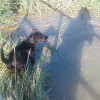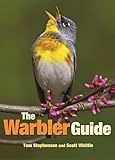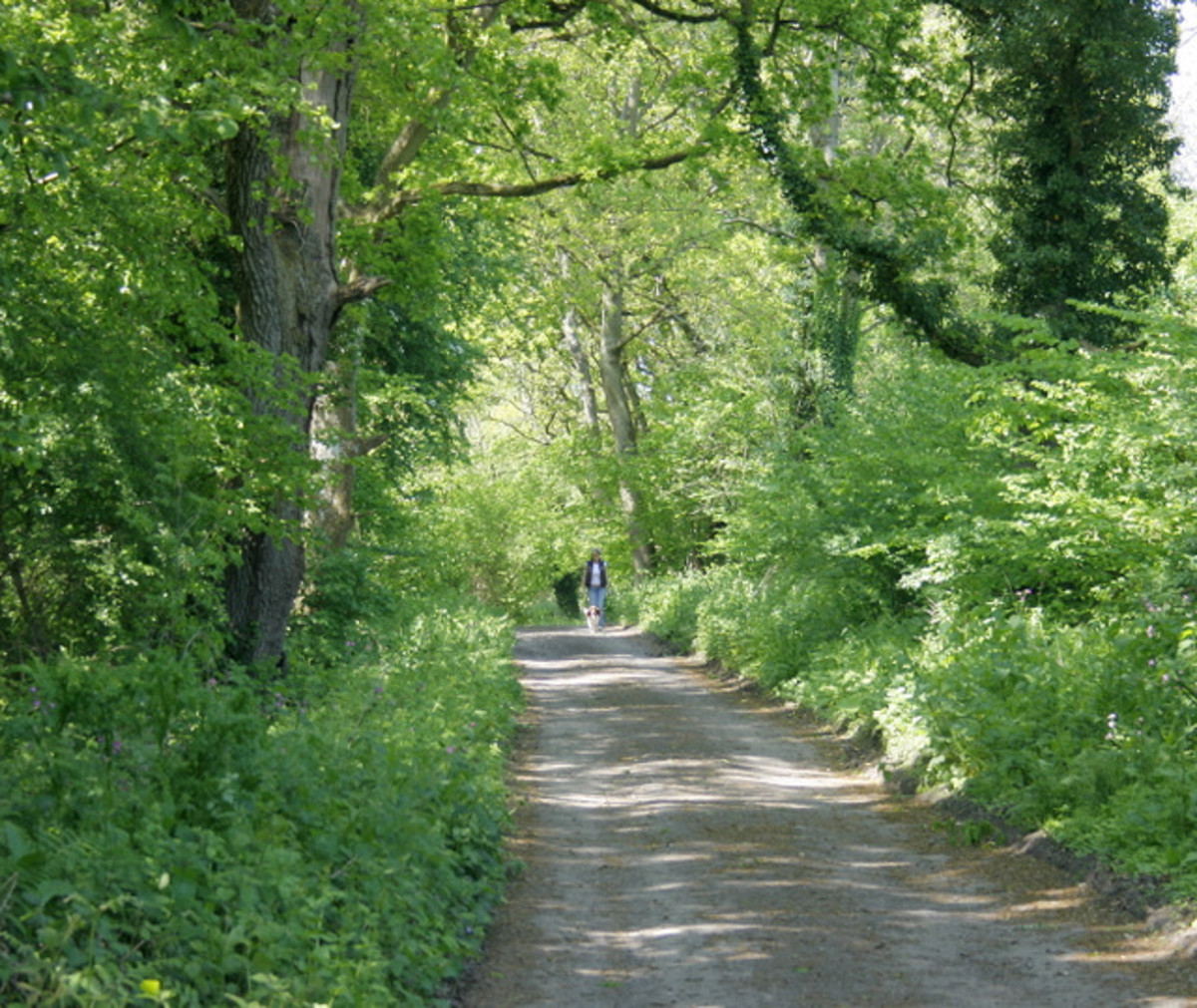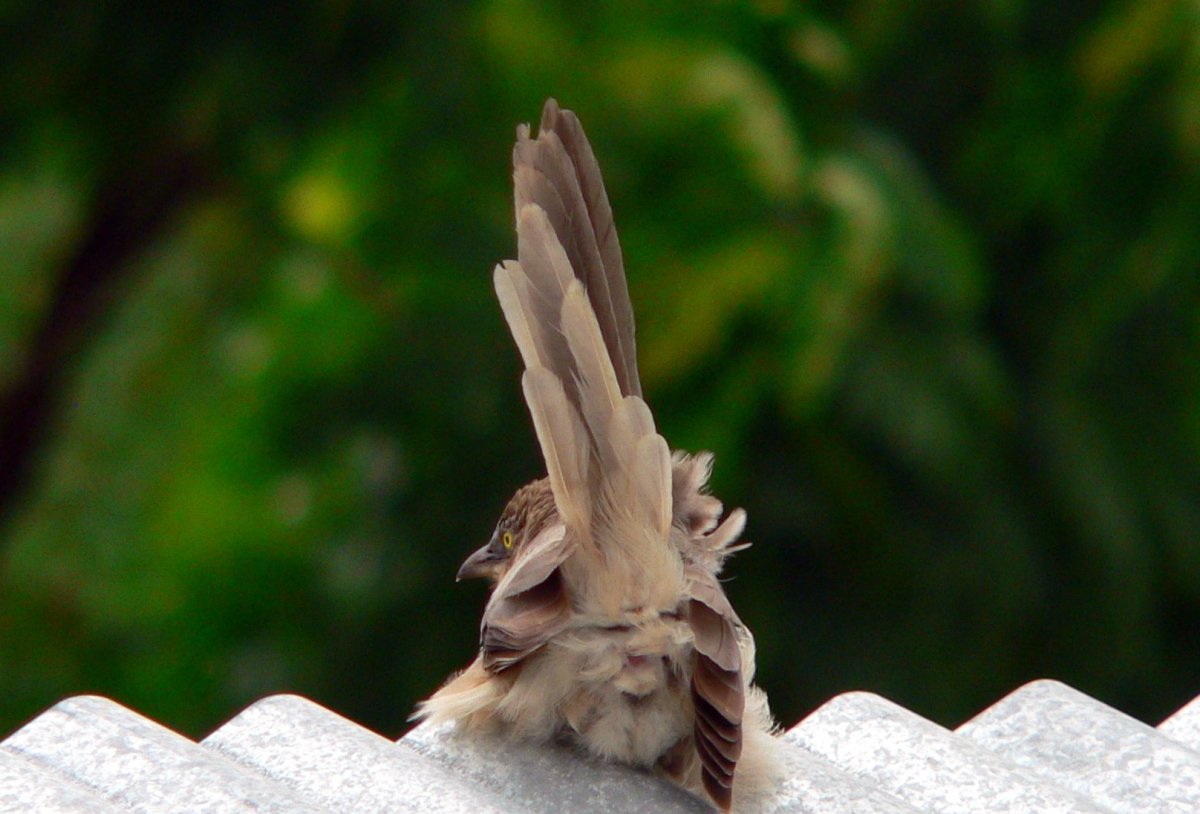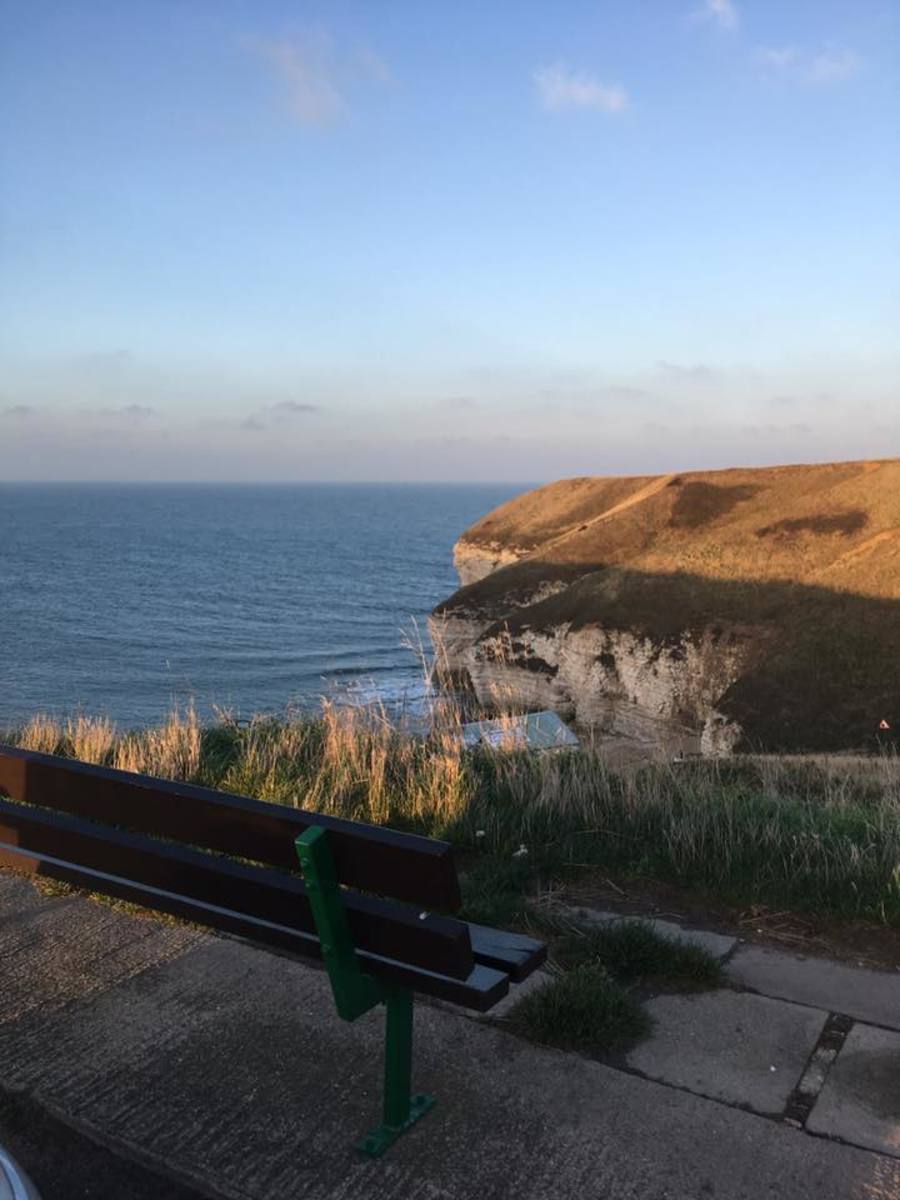Whitethroat, Sedge Warbler and Chiffchaff - Bird Watching on The River Stour

As spring approaches on the River Stour in South East Kent, England, the bird population increases in droves as migrants come from far and wide to enjoy the rich and varied habitat that this area offers. With extensive reed beds, scrub, marshland and woodland it is the perfect location for warblers of every kind to come and breed.
Through the months of March through to May the dawn chorus gets steadily louder as these birds arrive and start singing to impress potential mates, until it becomes so loud that it is almost impossible to distinguish the separate bird song.
It is possible however to recognise the distinctive songs of the different warblers as they arrive and this is usually the first indication of their presence in the region. Spotting them can be a little more tricky and with so many different types of warbler, identification can be a difficult business indeed.
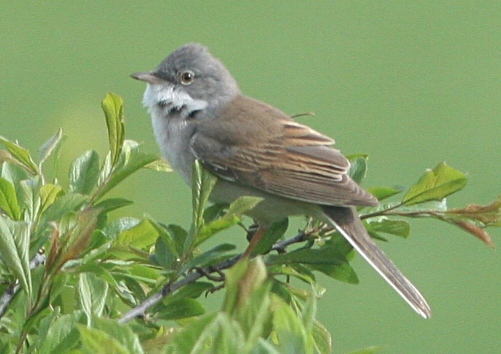
Whitethroat - Sylvia communis
These jaunty little warblers are a common visitor to open countryside all over England, and here on the river Stour is no different. Once identified, you will see and hear them all summer from April through to September, and they are a pleasure to watch! The males in particular perch conspicuously and sing, playfully flying into the air and swapping perches with one another (all the time in full song!). In late September the whitethroat migrates to spend it's winter in Africa, Arabia or Pakistan.
The sexes are separable with care. The adult male has a blue-grey cap and face, and the throat, as the name suggests, is strickingly white. He has a grey-brown back with dark edges to the feathers on his wings and white edges to his tail feathers. The underparts are pale with a pinkish buff, and the legs are yellowish brown. The bill is yellow with a dark tip. The female and juvenile birds are similar except for the cap and face being a lighter brown colour and the underparts are suffused with a pale buff.
The song and call of the whitethroat
Sedge Warbler - Acrocephalus Schoenobaenus
The sedge warblers begin arriving in March and the first sign that they have arrived is their very distinctive song which is sung day and night. They prefer the reed beds along the side of the river as their breeding grounds so it can be very difficult to spot these birds. As their population increases during March and April, the singing, especially at night can become really loud and if you were unaware of these birds you might suspect that the noise came from insects!
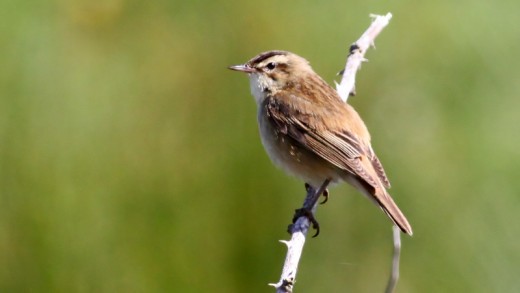
The sexes are similar. The adult has dark-streaked sandy-brown upperparts and pale underparts that are flushed orange-brown on the chest. There is a dark streaked crown on the head and a pale supercilium (white stripe above the eye) over a dark eye stripe. The juvinile is similar but with pale streaking on it's chest. It has grey-brown legs and a dark bill.
The sedge warbler migrates across the sahara desert from Africa to come to various locations in Europe to breed, and as soon as the first snatches of song are heard here on the river bank, I often marvel at the journey these birds have undertaken to get here, and the energy they still put into their song which at it's hight in May and June, can be so incredibly loud!
The sedge warbler in song
Chiffchaff - Phylloscopus Collybita
The chiffchaff is a tiny warbler measuring only 11cm in length. It is constantly on the move amongst the foliage in search of invertebrates to feed on and is probably best known for it's song, and it's habit of "wagging" it's tail.
The sexes are similar with grey-brown upperparts, and pale, greyish underparts that are suffused with a yellow buff. There is a pale supercilium, and the bill is thin and needle like. The legs are black, which is useful to note as this is a clear identification marker that this bird is not a willow warbler, whose legs are pinkish-yellow!
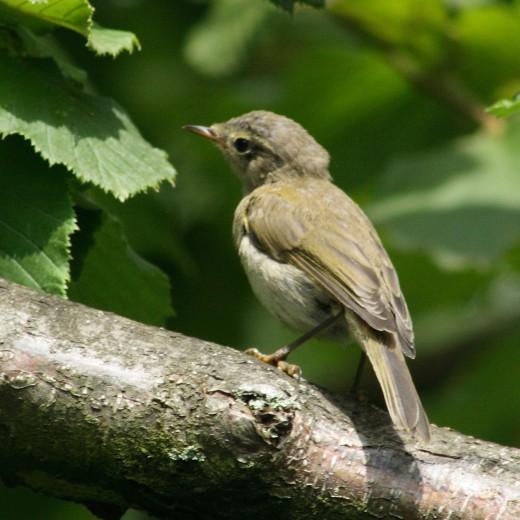
It can be easy to mistake the chiffchaff for the willow warbler, concentrate on the leg colour and the song to be sure. The following video is a chiffchaff singing, but it also has some good close up shots and tips to separate it from the willow warbler! The first chiffchaff's arrive in March and can be heard singing straight away, which is a welcome reminder that spring is just around the corner. In autumn these little birds migrate to the Mediterranean for the winter, although several hundred birds choose to remain in England for the winter, I have never been aware of them here on the River Stour.
The Chiffchaff in Song
Read about the Cettis Warbler here:
- Bird Watching on the River Stour - The Cetti's Warbl...
The River Stour in Sandwich, South East England provides the perfect habitat for the cetti's warbler, the only warbler locally to be a year round resident.
And about water birds found on the Stour here...
- Winter bird watching on the River Stour - Water Bird...
A description of various different water birds and waders found on the River Stour in the winter months, with pictures.
